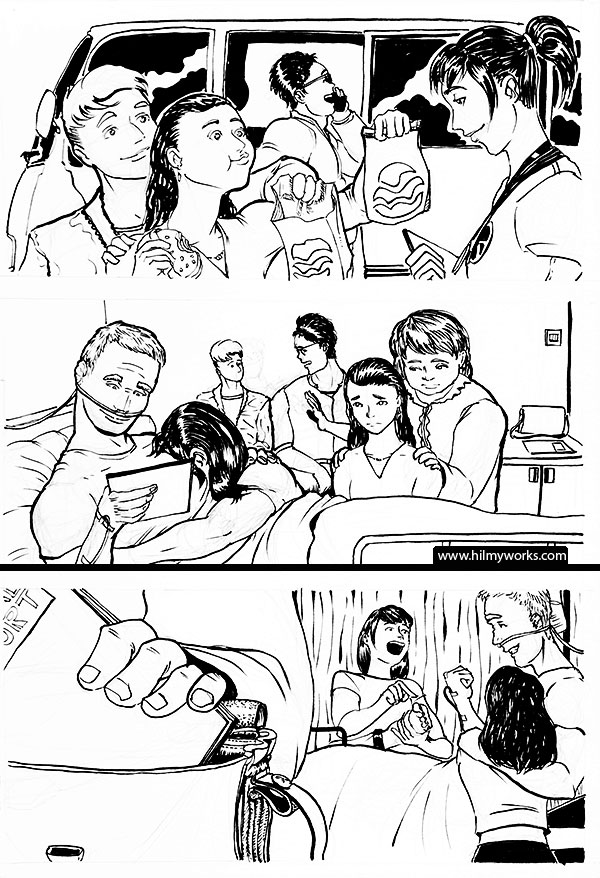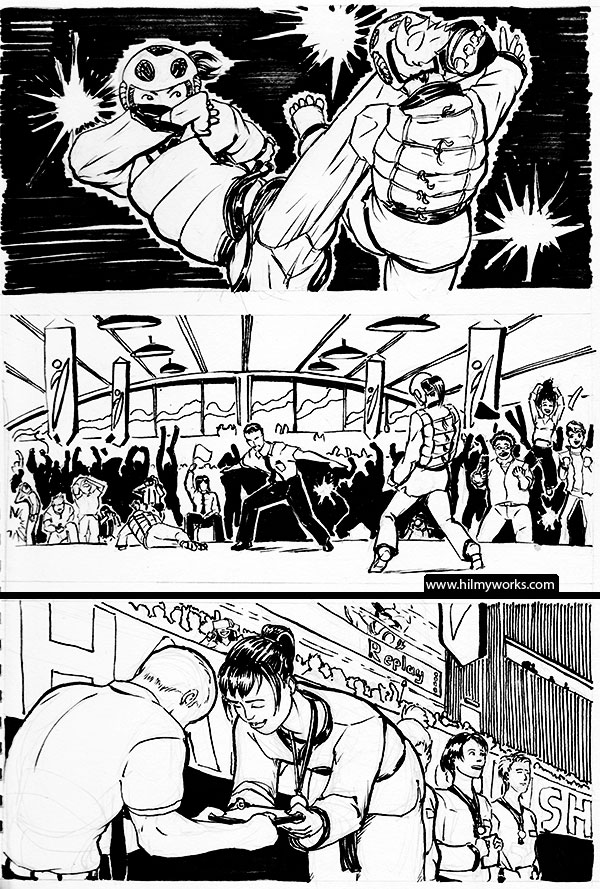
I am a lecturer teaching Game Design in KDU UC Malaysia, and about four years ago I undertook the task to train game design students. While the School provided various forms of training for the design students – student projects with artists and programmers, classes on various aspects such as World Creation, Level Design and Systems Analysis – there was an issue regarding training designers I had to address.
The Problem Statement
There are three problems I found with training design students:
- Group projects could fail in ways that a designer couldn’t control. The designer could do good work and the game could still fail due to ineffective management, lack of resources or team conflict. The opposite could also be true: a good game may not be the result of a good designer, but intervention from the other members. The success of a team game project is not a reliable way to measure the ability of the designer.
- Regardless of what a University student studies, a Degree graduate is supposed to graduate alone. It simply will not do to have a design graduate that says ‘I’ll need a programmer and an artist to prove my design will work‘. As a former IGDA Chapter Coordinator, I have met designers who cite that exact statement as a reason for why they couldn’t find work. That’s not an acceptable situation for a game design graduate.
- I have noticed that our local game dev students I’ve had generally are inexperienced presenters. Richard Carrillo in his GDC2015 talk on designing design teams clarified what I realized over time: only a subset of game designers – termed by Carillo as Salespersons – can sell ideas to others. The rest will struggle. Designers are required to be articulate – they have to explain their work to their fellow developers – thus design students have to learn to communicate on a higher level than their fellow classmates. Obviously, they’ll have to learn to communicate on that level, but it is possible to have students who have a good design in mind but could not communicate it properly, thus being unable to prove their design works.
In summary, I will have students who have to graduate alone, show expertise in creating work that can only be proven by others working on it, and may be unable to communicate what he and she can do.
Continue reading

